How I Discovered Halley’s Comet, By Edmond Halley
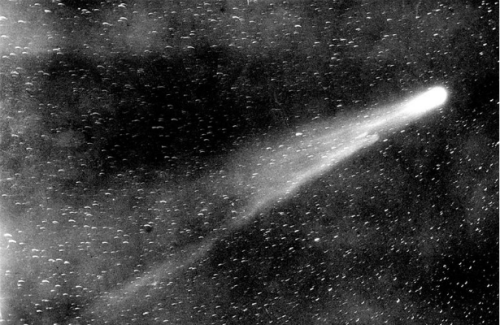
How I Discovered Halley’s Comet, by Edmond Halley
On Monday, June 10, in the Evening, the Sky being very serene and calm, I was desirous to take a view of the disk of Mars (then very near the Earth, and appearing very glorious) to see if I could distinguish in my 24 Foot Telescope, the Spots said to be seen on him. Directing my Tube for the purpose, I accidentally fell upon a small whitish Appearance near the Planet, resembling in all respects such a Nebula … The Reverend Mr. Miles Williams, Mr. Alban Thomas, and myself contemplated this Appearance for above an Hour … and we could not be deceiv’d as to its Reality; but the slowness of its Motion made us at that time conclude that it had none, and that it was rather a Nebula than a Comet.
Read more. [Image: Wikimedia Commons]
More Posts from Astrotidbits-blog and Others
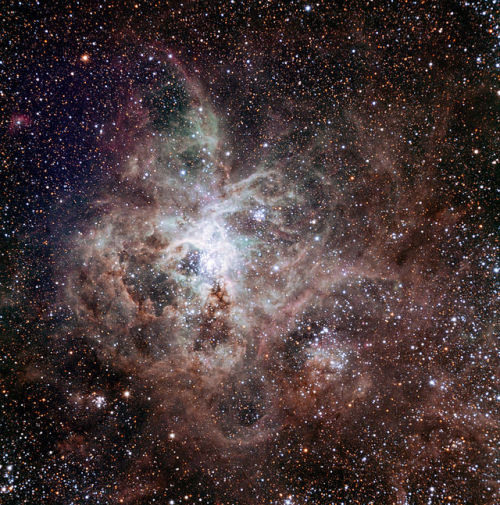
Tarantula Nebula

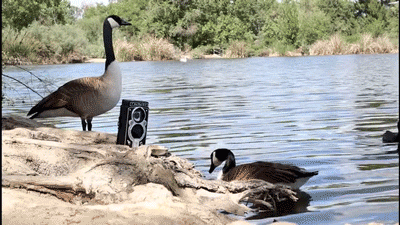
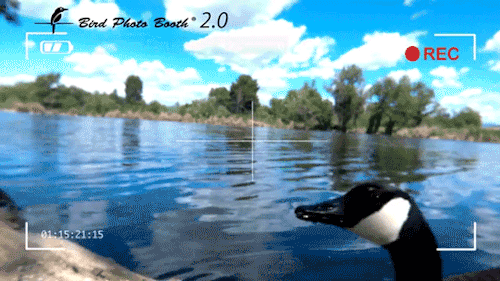

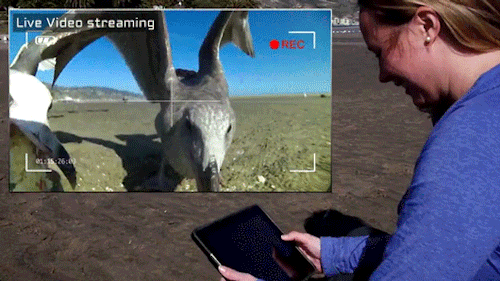
Discover Bird Photo Booth, the world’s first wireless bird feeder and birdcam. Get more information here
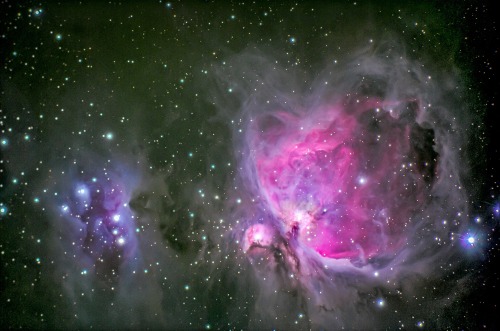
Orion nebula & The running man nebula, by TimMorrill
Orion nebula & The running man nebula.
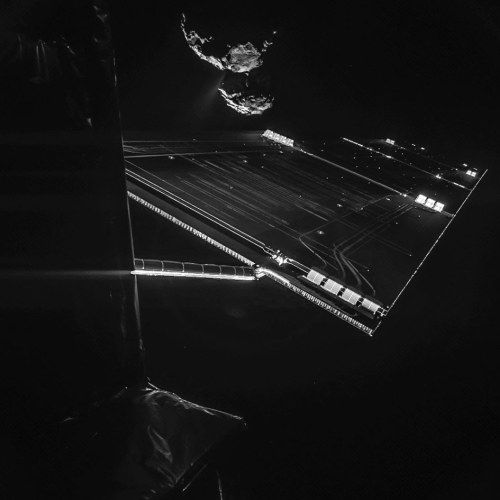
Comet 67P/C-G is framed by one of Rosetta’s solar wings, which is 46 feet long. A stream of gas and dust extends from an active area of the comet’s neck, about 10 miles away. (via NY Times)
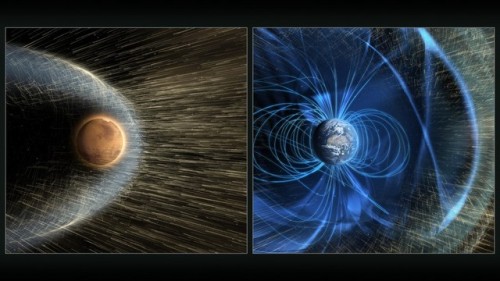
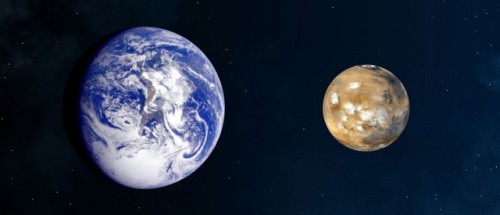
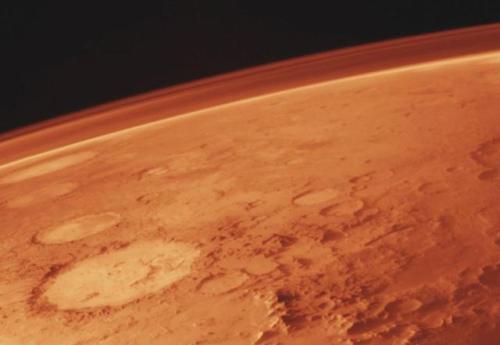
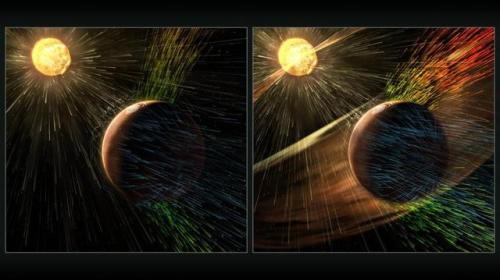
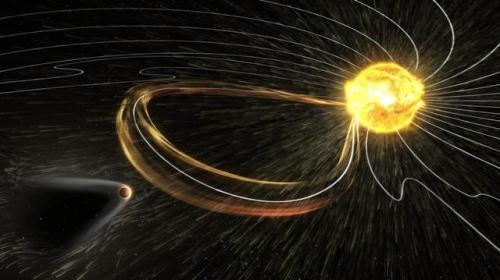
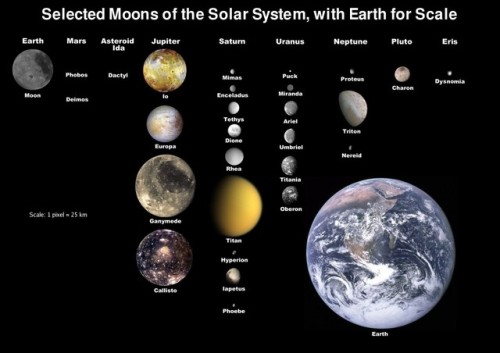
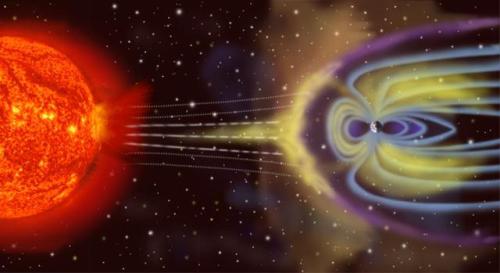
NASA’s MAVEN Discovers How Mars Lost Its Atmosphere
“The good news for us, mind you, is that the magnetic field here on Earth shows no sign of ceasing anytime soon. The dynamo in the core may do things like flip and reverse, swapping north-and-south magnetic poles, but we should continue to stay protected from the solar wind far into the foreseeable future: for billions of years (at least) to be sure. We could, conceivably, one day suffer the same fate as Mars, but our mass, our rotation and our active, dynamic core should keep the Earth’s magnetic field in business for at least as long as the Sun shines!”
If you had taken a trip to our Solar System four billion years ago, you would have found two worlds with liquid water oceans, temperate atmospheres and all the conditions we believe are needed for life. Earth would have been one of them, but Mars would have met all those criteria, too. It was long suspected that something happened to Mars around a billion years into the Solar System’s history that caused it to lose its atmosphere, something that should still be going on today. Thanks to NASA’s Maven mission, we’ve measured this atmospheric stripping by the Sun for the first time, and we’ve reached a few incredible conclusions, including that in about two billion years, Mars will be completely airless, and that if we were to terraform Mars today, it would hang onto this new atmosphere for millions of years.
Come get the full story of how Mars lost its atmosphere, and learn what NASA’s Maven mission has taught us so far!
Titan Touchdown
On Jan. 14, 2005, ESA’s Huygens probe made its descent to the surface of Saturn’s hazy moon, Titan. Carried to Saturn by NASA’s Cassini spacecraft, Huygens made the most distant landing ever on another world, and the only landing on a body in the outer solar system. This video uses actual images taken by the probe during its two-and-a-half hour fall under its parachutes.
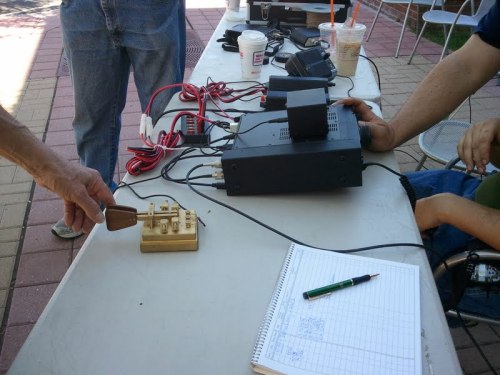
Just a typical Saturday in our courtyard calling Ohio using Morse code.

Solar System: 10 Things to Know This Week
State of the Solar System: 10 quick updates from around our galactic neighborhood.
1. Powered by the Sun

Fifty-nine years ago, Vanguard 1 launched to demonstrate a new spacecraft technology – solar power. We’ve been going farther and for longer ever since.
+More on Vanguard 1
2. Mapping Mercury

A big week in history for exploration of the innermost planet. On March 16, 1975, our Mariner 10 made its third and final flyby of Mercury. One day and 36 years later, MESSENGER became the first spacecraft to orbit Mercury. Next up: ESA’s BepiColumbo, undergoing testing now, is set to launch for Mercury in 2018.
+Missions to Mercury
3. Return to Venus

U.S. and Russian scientists are discussing a planned revival of the successful Venera program that revealed much about Venus in the 1960s, 70s and 80s. Meanwhile, Japan’s Akatsuki orbiter continues to study our sister planet.
+More on Venera-D
4. Rocket Power

Back on Earth 91 years ago (March 16, 1926), inventor and dreamer Robet Goddard changed the world forever with the first test of a liquid-fueled rocket. We’ve been going farther and faster ever since.
+More on Goddard
5. Moon Watch

Our Lunar Reconnaissance Orbiter (LRO) has been sending a steady stream of high-resolution images back to Earth for more than seven years.
+More on LRO
6. Busy Mars

There are currently five orbiters (Mars Reconnaissance Orbiter, Mars Odyssey, MAVEN, ESA’s Mars Express and India’s Mars Orbiter Mission) and two rovers (Curiosity and Opportunity) exploring Mars, making it second only to Earth in the number of robotic spacecraft studying its secrets.
+Meet the Mars Fleet
7. Vote for Jupiter

Polls close today (March 20) so vote not to point a real spacecraft camera at Jupiter during the mission’s 5th perijove pass.
+Vote now
8. Science to the Last Second

In a little less than six months, our Cassini orbiter will plunge into Saturn as a spectacular finale to its 19-year mission – but not before it embarks on a completely new mission into unexplored space between Saturn and its mighty rings.
+More on Cassini’s Grand Finale
9. By George?

Happy belated birthday to Uranus, discovered on March 13, 1781 by William Herschel. The English astronomer wanted to name his discovery – the first planet discovered in recorded history – “Georgium Sidus” after England’s King George III. But he was overruled, and astronomer stuck with traditional mythological names – creating an opportunity for 263 years of student jokes at the expense of the ice giant planet’s name.
+More on Uranus
10. Go Farther

The round trip light time from Voyager 1 to Earth is more than 38 hours. Voyager 1 is almost 13 billion miles from our home planet.
+More on Voyager
Discover more lists of 10 things to know about our solar system HERE.
Make sure to follow us on Tumblr for your regular dose of space: http://nasa.tumblr.com
4 hour star trails timelapse at Point Reyes
-
 astrotidbits-blog reblogged this · 8 years ago
astrotidbits-blog reblogged this · 8 years ago -
 astrotidbits-blog reblogged this · 8 years ago
astrotidbits-blog reblogged this · 8 years ago -
 astrotidbits-blog liked this · 8 years ago
astrotidbits-blog liked this · 8 years ago -
 deathvalley79 reblogged this · 8 years ago
deathvalley79 reblogged this · 8 years ago -
 irresistibly-tonguetied liked this · 10 years ago
irresistibly-tonguetied liked this · 10 years ago -
 zhzhzhzhzhzhzhzhblahblah liked this · 10 years ago
zhzhzhzhzhzhzhzhblahblah liked this · 10 years ago -
 loeils reblogged this · 10 years ago
loeils reblogged this · 10 years ago -
 private-fears-in-public-places reblogged this · 10 years ago
private-fears-in-public-places reblogged this · 10 years ago -
 annabananaphone liked this · 10 years ago
annabananaphone liked this · 10 years ago -
 annabananaphone reblogged this · 10 years ago
annabananaphone reblogged this · 10 years ago -
 weronika-ewa liked this · 10 years ago
weronika-ewa liked this · 10 years ago -
 octobersky reblogged this · 10 years ago
octobersky reblogged this · 10 years ago -
 vastzeppelin liked this · 10 years ago
vastzeppelin liked this · 10 years ago -
 karesinda reblogged this · 10 years ago
karesinda reblogged this · 10 years ago -
 jessieestey liked this · 10 years ago
jessieestey liked this · 10 years ago -
 ufosongs reblogged this · 10 years ago
ufosongs reblogged this · 10 years ago -
 galacticute reblogged this · 10 years ago
galacticute reblogged this · 10 years ago -
 pantalonesfuego liked this · 10 years ago
pantalonesfuego liked this · 10 years ago -
 igorbrandao42 reblogged this · 10 years ago
igorbrandao42 reblogged this · 10 years ago -
 cosmicc-supernova reblogged this · 10 years ago
cosmicc-supernova reblogged this · 10 years ago -
 orgasmatr0n reblogged this · 10 years ago
orgasmatr0n reblogged this · 10 years ago -
 orgasmatr0n liked this · 10 years ago
orgasmatr0n liked this · 10 years ago -
 universal-distortion liked this · 10 years ago
universal-distortion liked this · 10 years ago -
 universal-distortion reblogged this · 10 years ago
universal-distortion reblogged this · 10 years ago -
 wheelchairs-and-lawnmowers reblogged this · 10 years ago
wheelchairs-and-lawnmowers reblogged this · 10 years ago -
 inthelightofsun reblogged this · 10 years ago
inthelightofsun reblogged this · 10 years ago -
 inthelightofsun liked this · 10 years ago
inthelightofsun liked this · 10 years ago -
 jontibywater-blog reblogged this · 10 years ago
jontibywater-blog reblogged this · 10 years ago -
 jontibywater-blog liked this · 10 years ago
jontibywater-blog liked this · 10 years ago -
 taylor-jr liked this · 10 years ago
taylor-jr liked this · 10 years ago -
 nyominebula liked this · 10 years ago
nyominebula liked this · 10 years ago -
 sparklev0id liked this · 10 years ago
sparklev0id liked this · 10 years ago -
 terecamacho liked this · 10 years ago
terecamacho liked this · 10 years ago -
 forever-forgetting liked this · 10 years ago
forever-forgetting liked this · 10 years ago -
 trainwreck-notwinners reblogged this · 10 years ago
trainwreck-notwinners reblogged this · 10 years ago -
 starryvacuum liked this · 10 years ago
starryvacuum liked this · 10 years ago -
 theuniverseatlarge reblogged this · 10 years ago
theuniverseatlarge reblogged this · 10 years ago -
 snowboarding-n-stuff-blog reblogged this · 10 years ago
snowboarding-n-stuff-blog reblogged this · 10 years ago -
 evilcanaletto liked this · 10 years ago
evilcanaletto liked this · 10 years ago